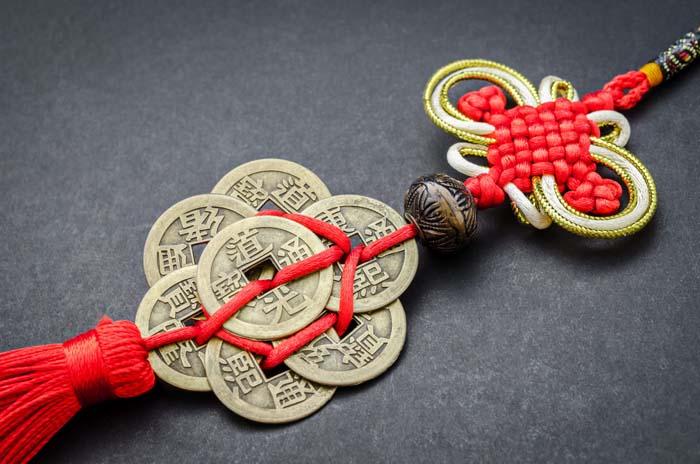Have you ever heard your parents say the phrase “Money does not grow on trees”? Well, they are correct! Money is an exchange for goods or services, and your parents go to work to earn it. They exchange their time and skills for an amount of cash called a salary. If your parents are business owners, they deliver a service to their customers for a price. So, your parents are correct; money does not grow on trees, and it requires hard work to get.

What is the history of money?
Money is a concept that was developed from bartering, which means trading valuable items for other items. Thousands of years ago, things that carried a greater worth included livestock, grains, and even shells. It is believed that the use of metal coins originated in China. Paper replaced coins around 1000 AD with the promise that it could be exchanged for the same amount of coins, and this is how notes evolved. In current times, money is starting to be replaced by cards. The first debit card was issued around 1966, but the first credit card was issued in 1950.
What is debit?
Debit means taking money out of your account. You don’t need to pay this money back as it belongs to you. This money could come from your employer or an investment that you made. Your debit account can also hold your savings. Savings are an amount of money or currency you have kept aside for a particular item, event, or just for security.
What is credit?
Credit is a loan. A loan is a certain amount of money given to you with a promise or a legal contract that you’ve signed agreeing that you will pay it back. If you use a credit card or take out a loan for a car or house, you also need to pay an additional amount called interest. The interest rate is decided by the bank or the person who is lending you the money. This means that you will need to pay back the original amount you borrowed, plus extra.
What do I need to know?
The concept of money, debit and credit requires a deep understanding of mathematics. Money has a numerical value. Understanding place value is essential to determine the value of each note or coin. If you understand place value, you will know that QR 10 is ten times more valuable than QR 1 and that QR 500 is fifty times more valuable than QR 10.
Addition, subtraction, division, and multiplication—the four basic operations—are also necessary. Imagine you want to buy the latest PlayStation for QR 1500. You make a deal with your parents to complete some chores around the house for a fixed fee. That fee could be called your salary. Now, say you get QR 100 a week. You need to calculate how many weeks it would take for you to earn the price of the PlayStation. Plus, you also need to add additional amounts to that calculation for the games you would like to purchase once you have the PlayStation. Saving up and buying a PlayStation involves addition, subtraction, division, and multiplication in the context of using money.
As you get older, you may decide to get a credit card or a car loan. You need to know about negative and positive numbers. When you take out credit, you are in a negative amount. So, you will need to learn how to work with positive and negative numbers. You will also need to understand percentages and fractions, as interest is calculated using those concepts. But, with a solid understanding and awareness, you will be able to ensure that you are not paying back more than you borrow.
Overall, dealing with money involves mathematics. It requires a solid understanding of the place value of whole numbers and decimals. You also need to nail the four basic operations to calculate all kinds of transactions, including basic ones like food and clothing. If you decide to take credit, you must make sure that you know how to work with percentages and fractions so that you can calculate your interest and monthly repayments.



